How well do you know the local wildlife? You are invited to meet the Wildlife Identification Challenge!
Can you identify these three insects using the MCCG Digital Field Guides for Ladybirds?
These are all larval phases of ladybird species that help to control aphids, mealybugs and powdery mildew respectively on garden plants. The mealybug ladybirds are especially interesting because they camouflage themselves to look like their prey, so be careful when spraying or picking mealybugs off your favourite plants – you could do more harm than good!
ANSWERS:
(Top photo) 28-spotted Ladybird (Epilachna virgintioctopunctata) – photo Ed Frazer
(Middle photo) Mealybug Ladybird (Cryptolaemus montrouzieri) – photo Ed Frazer
(Bottom photo) Fungus-eating Ladybird (Illeis galbula)- photo Ed Frazer
Published in


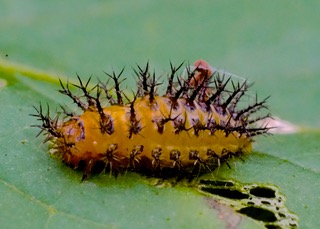
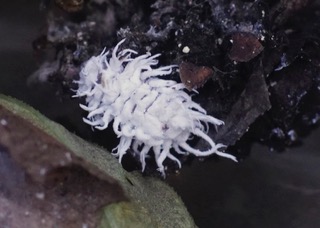
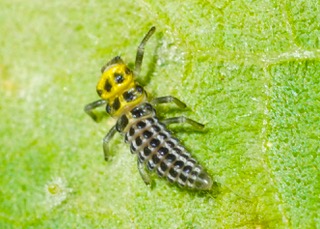
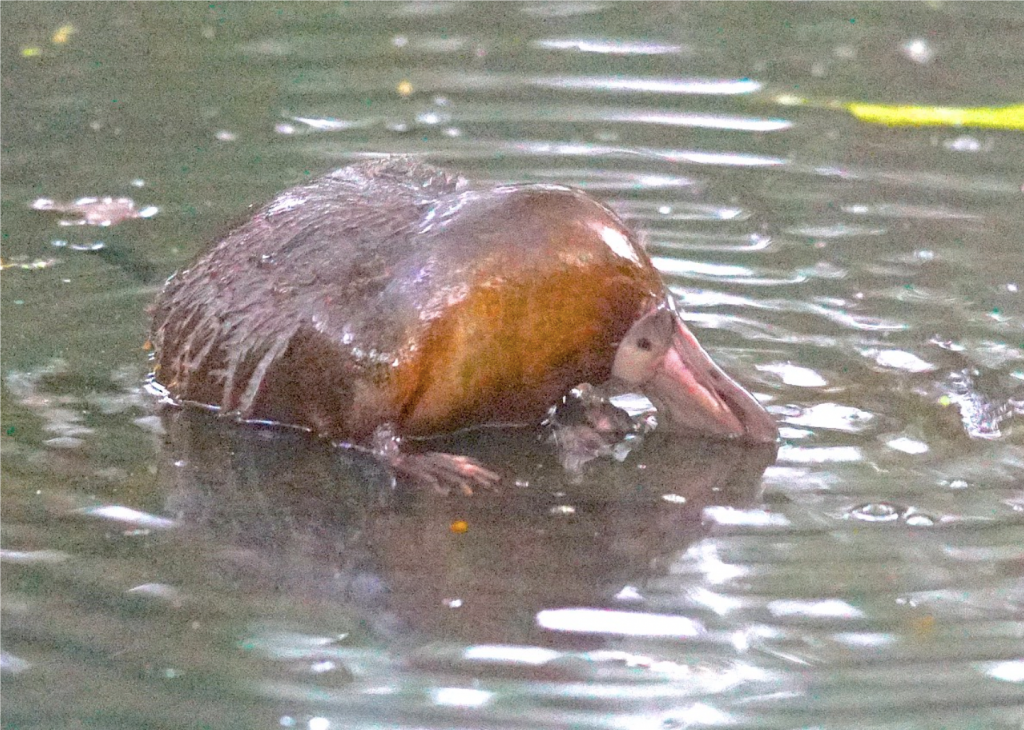
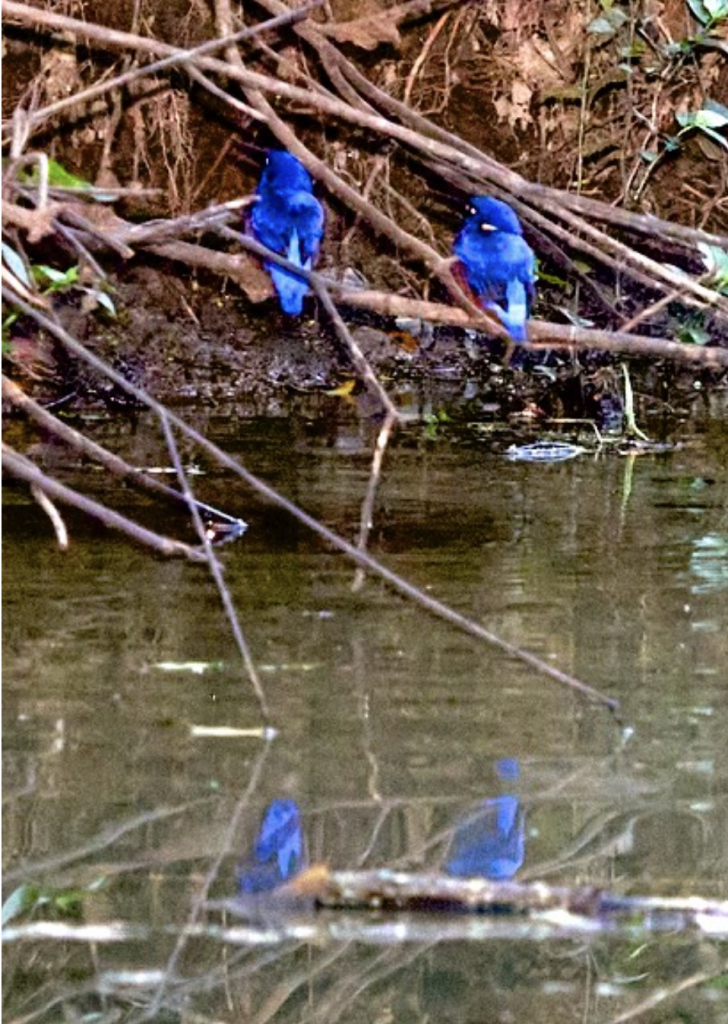
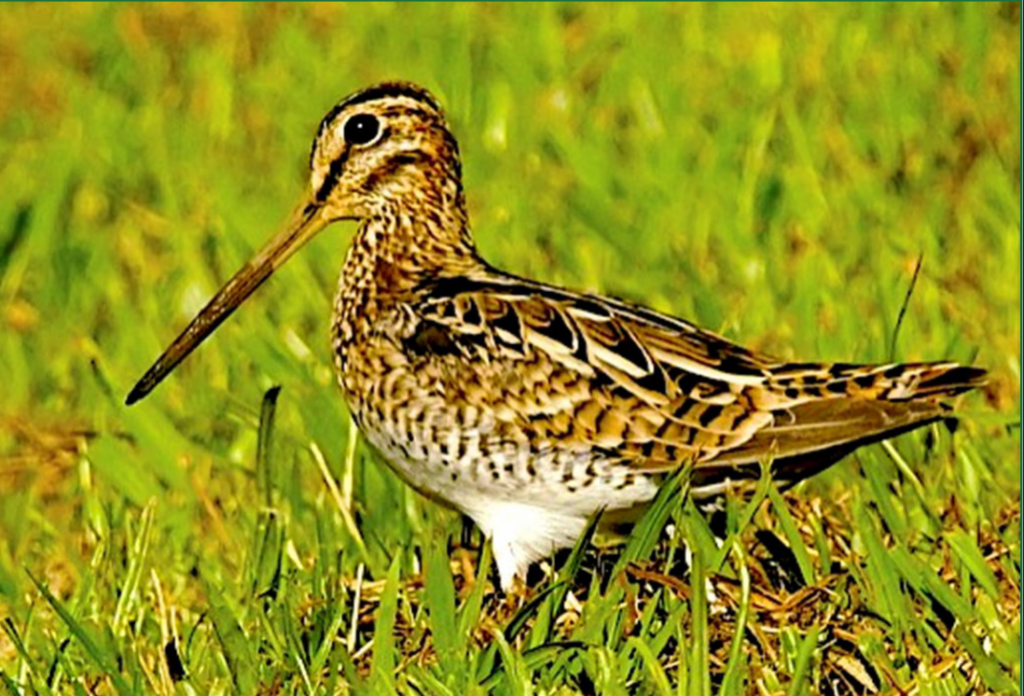
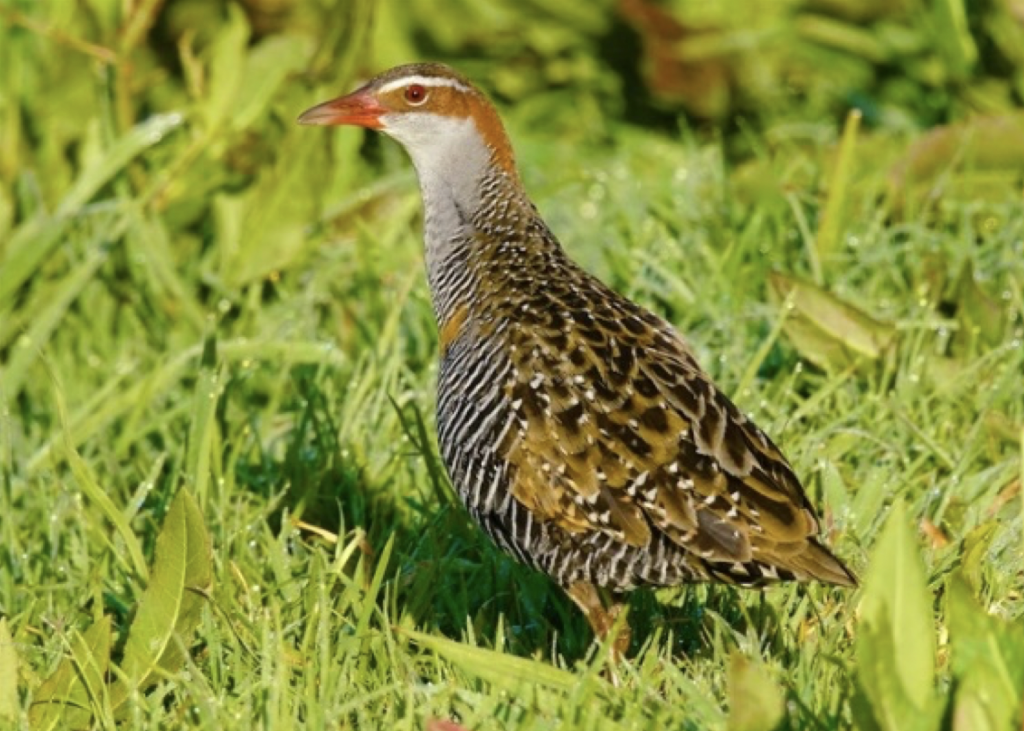
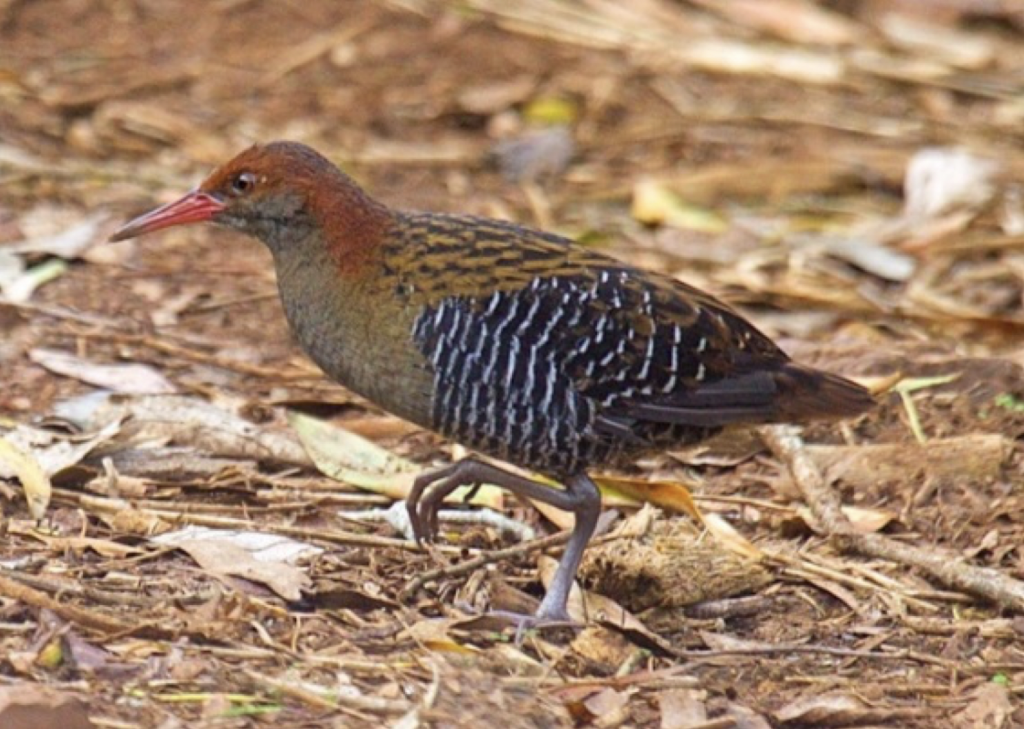
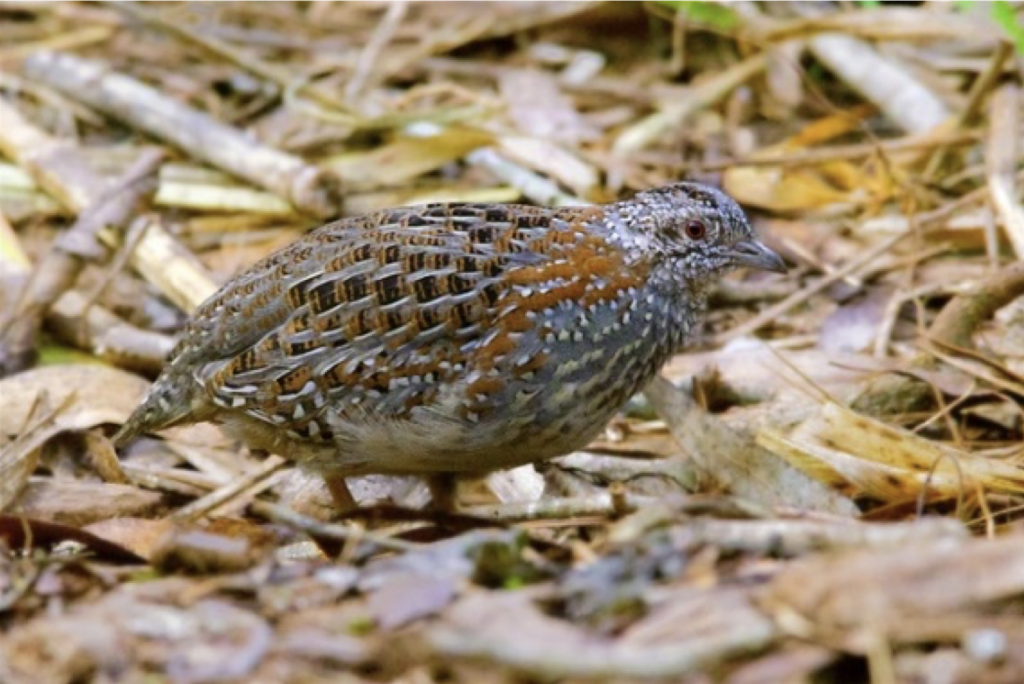
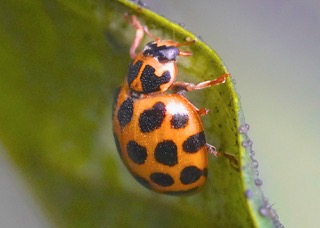
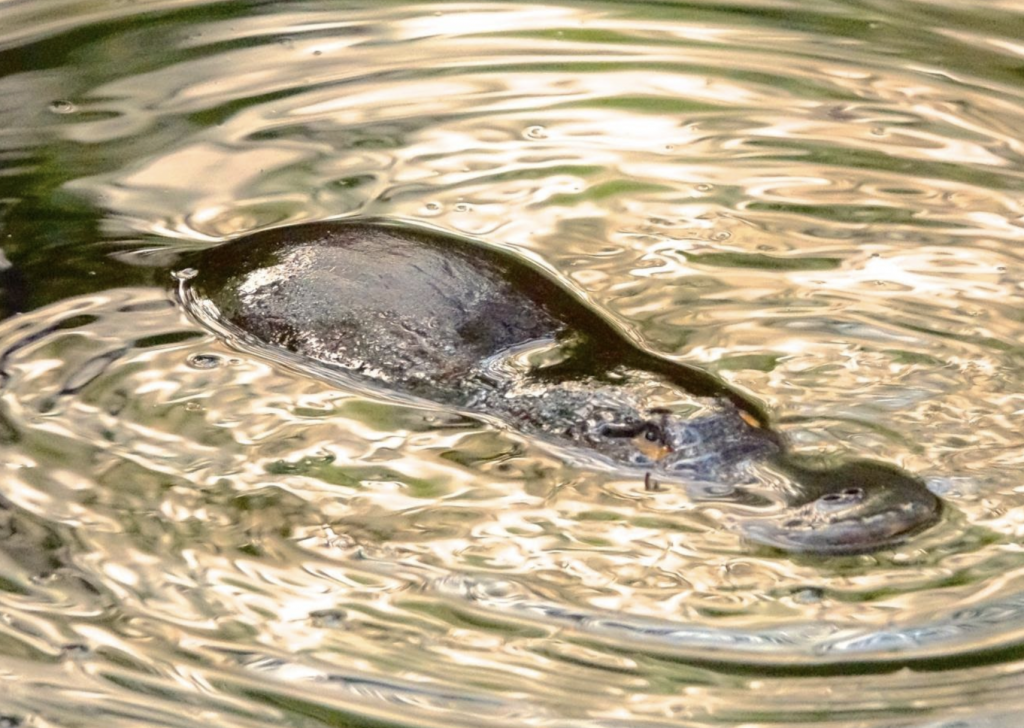
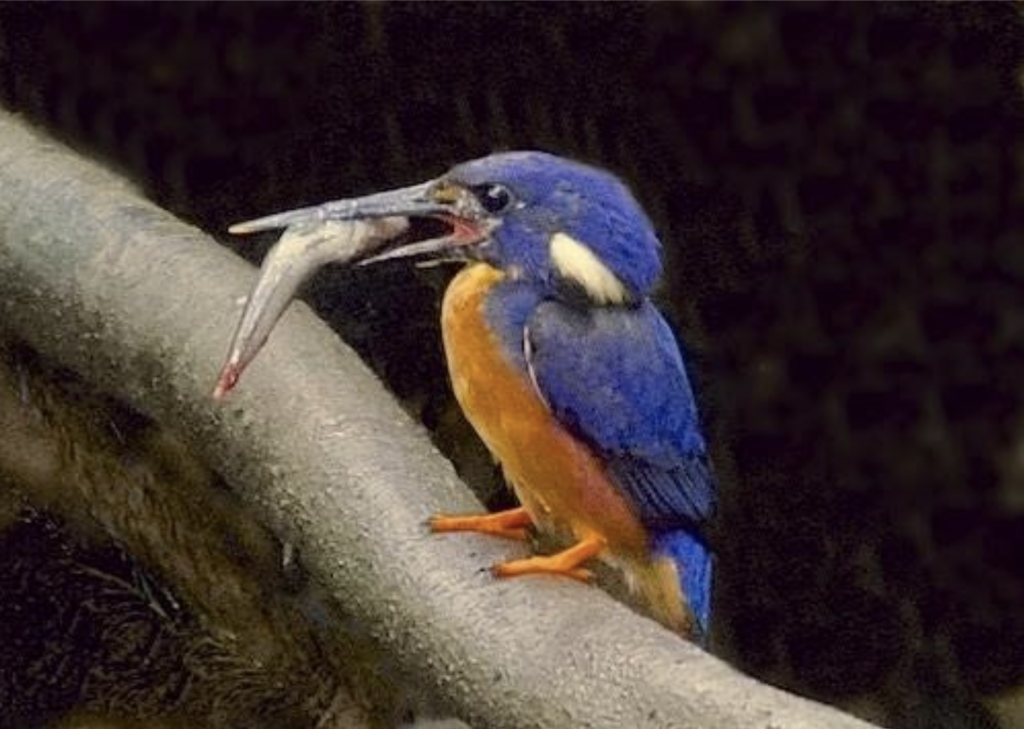
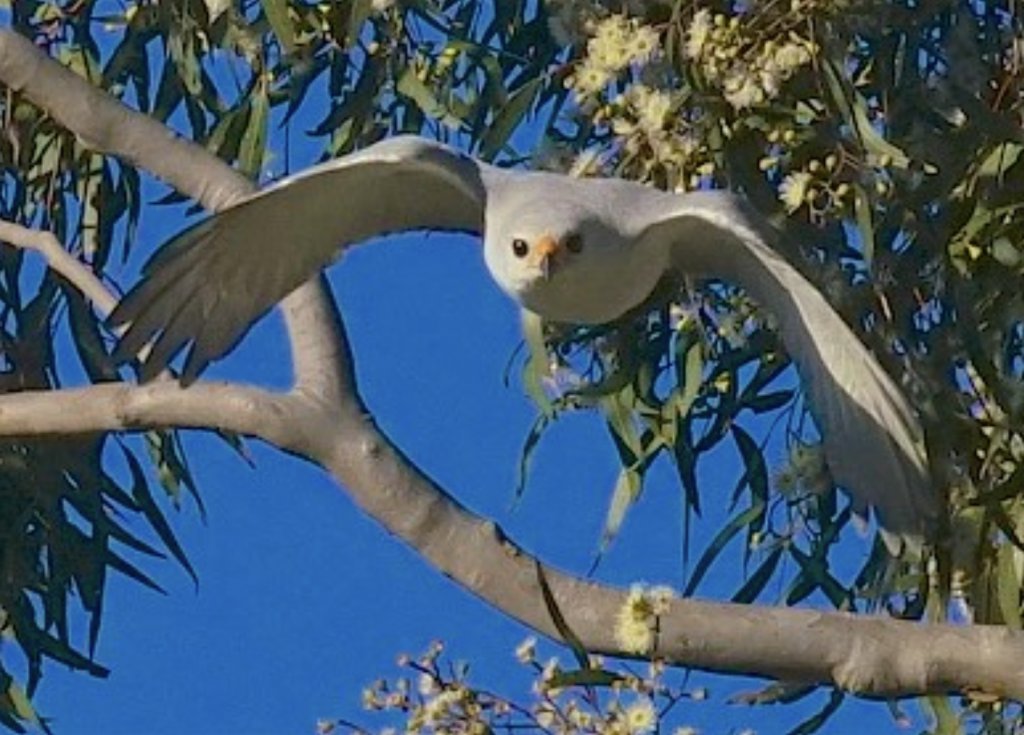
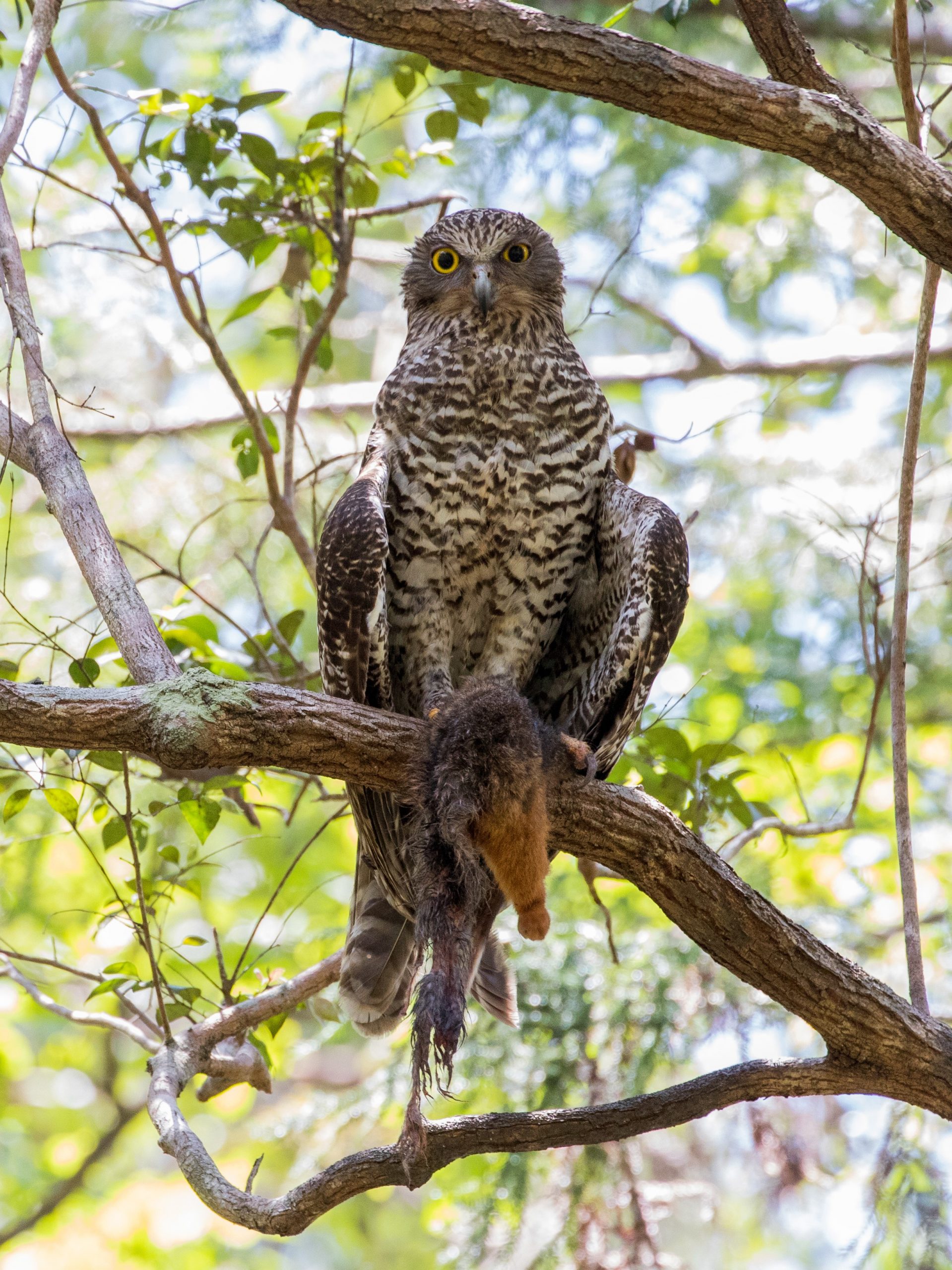
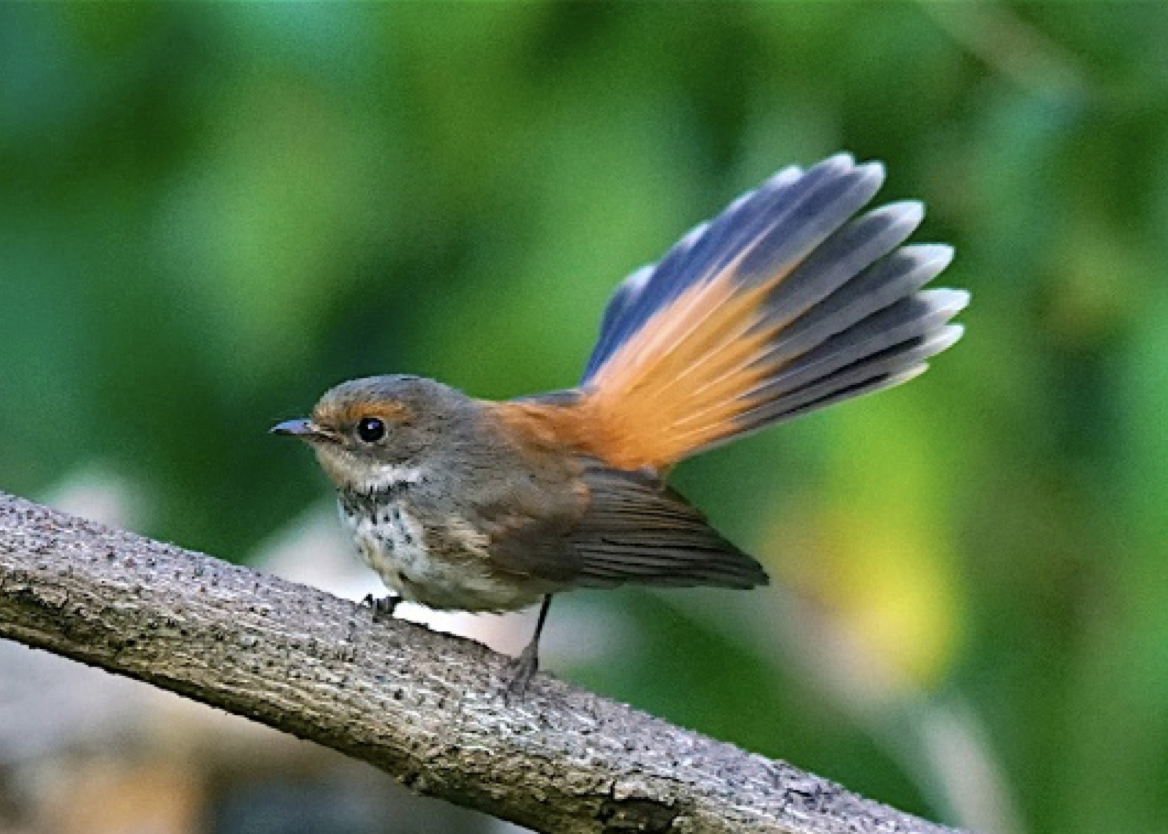
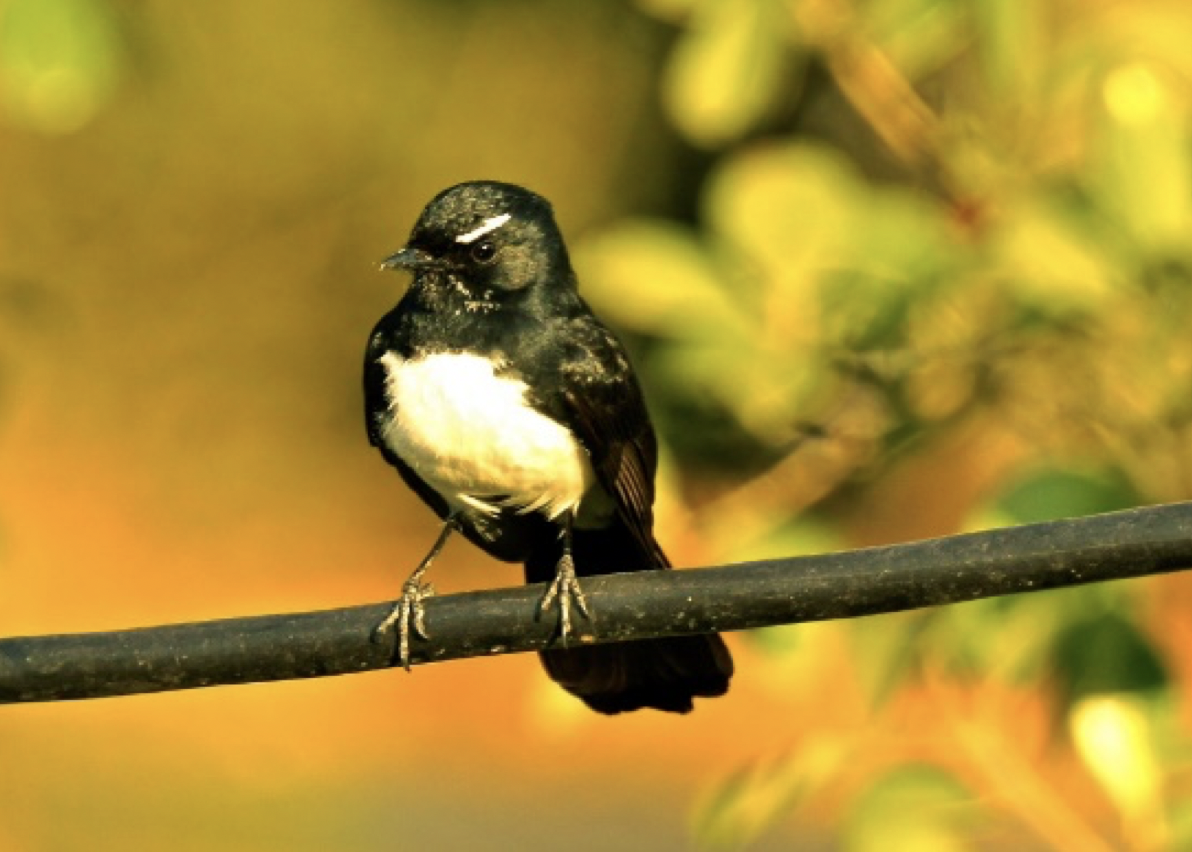
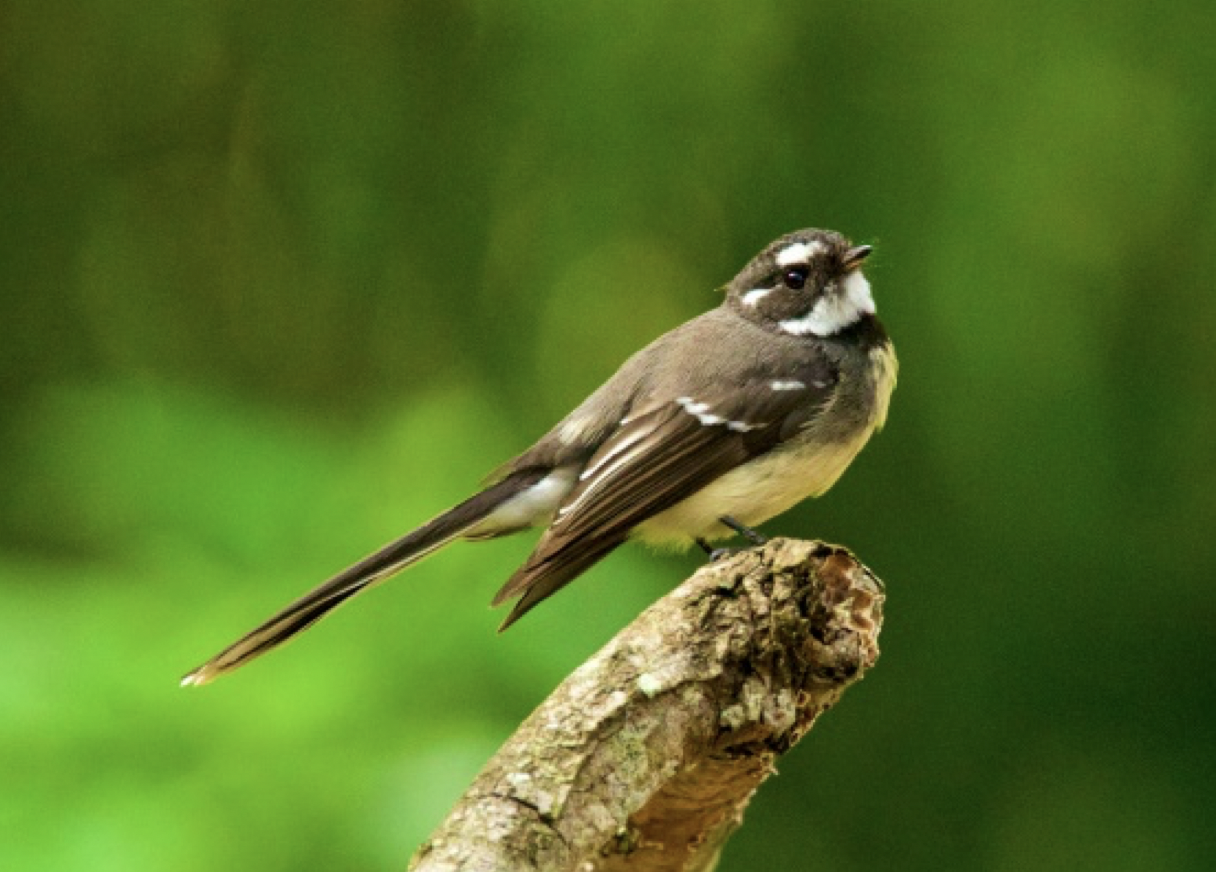
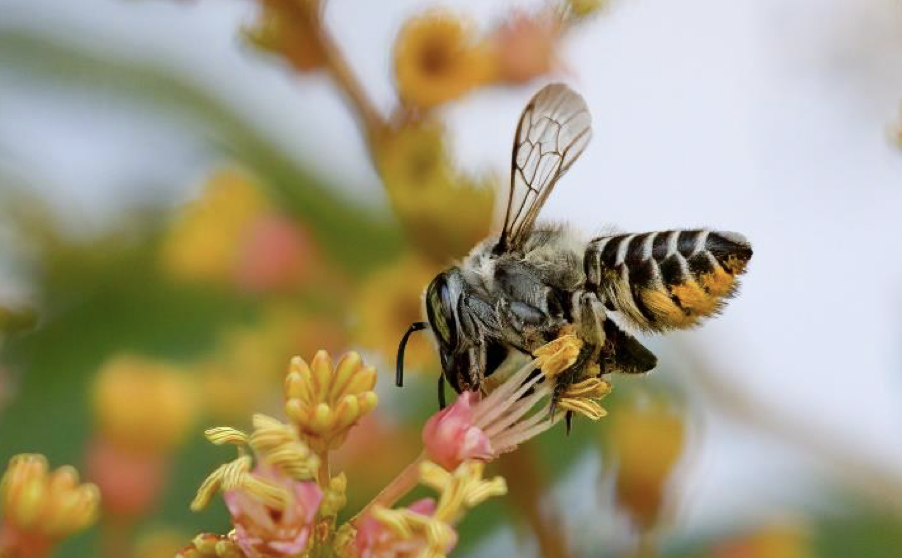
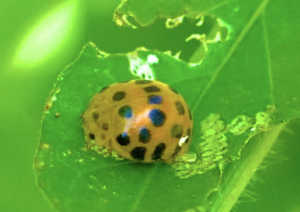 28-Spotted Ladybird showing marks where it has been rasping the surface of a Deadly Nightshade weed. The big piece cut out of the leaf was probably by a grasshopper.
28-Spotted Ladybird showing marks where it has been rasping the surface of a Deadly Nightshade weed. The big piece cut out of the leaf was probably by a grasshopper.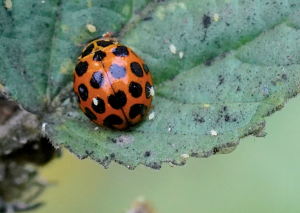 A Common Spotted Ladybird feeding on Aphids which are oblivious of the danger and even climbing over their predator.
A Common Spotted Ladybird feeding on Aphids which are oblivious of the danger and even climbing over their predator.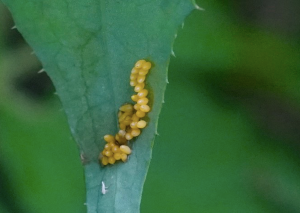 The upright standing eggs of a Three-banded Ladybird under a Milk Thistle leaf.
The upright standing eggs of a Three-banded Ladybird under a Milk Thistle leaf.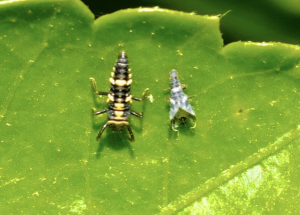 A final instar larva of the Variable Ladybird that has just shed its exoskeleton.
A final instar larva of the Variable Ladybird that has just shed its exoskeleton.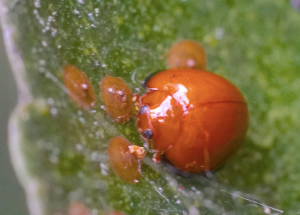 A Red Chilocoris Ladybird feeding on young scale insects on a grapefruit leaf. This species is sold for biological control of several varieties of scale in their citrus industry.
A Red Chilocoris Ladybird feeding on young scale insects on a grapefruit leaf. This species is sold for biological control of several varieties of scale in their citrus industry.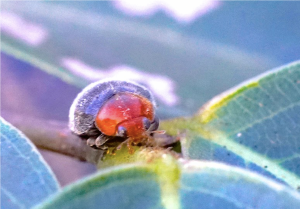 A Mealybug Ladybird on a Ficus leaf searching for mealybugs.
A Mealybug Ladybird on a Ficus leaf searching for mealybugs.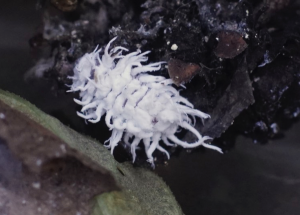 The larva of a Mealybug Ladybird, which looks almost identical to the Long-tailed Mealybug but moves much faster.
The larva of a Mealybug Ladybird, which looks almost identical to the Long-tailed Mealybug but moves much faster.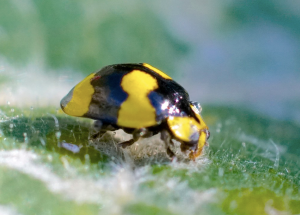 A Fungus-eating Ladybird grazing on powdery mildew under a pumpkin leaf.
A Fungus-eating Ladybird grazing on powdery mildew under a pumpkin leaf.